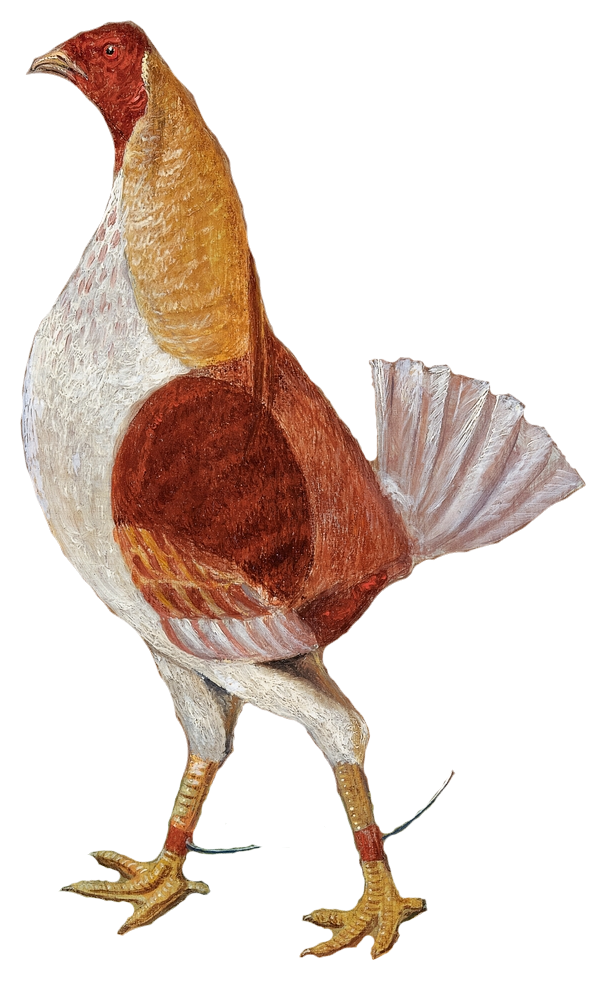I had these two friends in art school, Stanley and David. They were more alike than either would admit: both painters, both from similar backgrounds, and both obsessive to a level that stood out even in a school full up with obsessives. When I met them I was struck by the force of their vision. At the time I was, I suppose, a dabbler. I liked to paint, and I spent a lot of time doing it and trying to improve, but it was never my purpose. There was more that constituted the whole of my life.
But not so my friends. They would paint all day, every day: David in the studio attached to the art school, a voluminous and chattering space where new artists jostled for position and for air; and Stanley in the loft of his uncle’s nearby apartment, which suffered from a lack of light but had the benefit of silence. David was the later riser, straggling in at ten, eleven, clutching a cup of coffee, stopping to talk and look over my own uncertain works-in-progress. He had this air of unhurriedness, that did a lot to mask the fact that, no matter how late we stayed in the studio working, we would never actually see him leave. Stanley was more visible in his ambitions, dragging himself from bed in the early hours of the morning and draping himself over his easel, reviewing the work of the previous day; seemingly consuming nothing but rice crackers and cups of strong black tea as the sun rose, lingered at its zenith, and fell again.
They were interested in very different ideas. Ideas bigger than the nascent thoughts that the rest of us struggled to translate. While we struggled with surface-level interpretation, with technical execution, they were exploring death, morality, melancholy, a wry optimism; all those concepts which make a work whole, and not a mere facsimile of the scene sitting before the artist.
Once, Stanley had paid a rare visit to the school’s studio, collecting feedback from a lecturer, and stopped by to see us. David had his head down, painting the model who sat before him, draped in a rich crimson velvet, while I leaned against a side table gleaning what I could from his technique. Although that, I knew, was a futile endeavour; you can always tell when someone is on another level entirely, a level you could never hope to reach. Stanley was pacing, as usual. He was an active man who said that creativity was impossible without movement.
At that point the model said something, made a suggestion, something about shifting one of the drapes over her leg; the detail is unimportant. Both David and Stanley froze, quite comically. David cocked his head to one side, stared at the model, stared at the painting, and closed his eyes, which darted back and forth under their lids before finally reopening. “Yes, I think you’re right.” He rushed over to make the necessary adjustment.
Stanley was aghast. In fact, I’ve never seen him so lost for words. David was, he said, compromising the work. Allowing an outside influence to interfere with the vision that was already fully formed inside his head. This struck David as amusing. The vision isn’t fully formed in his head, he explained. He saw it more as a filter. Something enters into the mind, and he wrings it through that filter. If it makes it out alive, then it must be consistent with the vision.
Stanley mused on this. He too had that filter, but only when working on the initial idea. He would sit in his studio and think, trying things, visualising them on the canvas, all the while running the filter over them. But once the vision was complete, it was fixed. If he allowed even a moment of improvisation it would invariably come from self-doubt, and it would muddy the work. So he had to work alone, had to reject outside collaboration, or the house of cards he had built would collapse.
They talked and talked; it never reached the level of an argument, but I could see that both ended up leaving in a sort of frustrated disbelief, like they couldn’t get their point across properly.
But here’s the thing: at the end of the term, they were joint first in the class. The assessors decided that they could not tell the two apart, in terms of talent, execution, and vision. Even though their routes to the work were so different, so mutually unintelligible, the work itself was of indistinguishable quality.
I think this threw them both for a loop. Because their processes were so tied up in their identity, it wasn’t that they thought the other man was wrong; it’s that they could not comprehend working in any other way. At some point in each of their lives, they had tried something and it worked, and kept working, to the point where each thought that was the only thing that could work.
I lost touch with David and Stanley after school, but by all accounts they’re both very successful artists. I imagine they’re both still working in their own idiosyncratic ways, for right or for wrong. As for myself, I left art behind long ago. Sometimes I wonder if I should’ve been a little more idiosyncratic myself.
